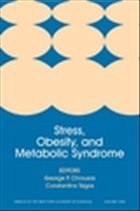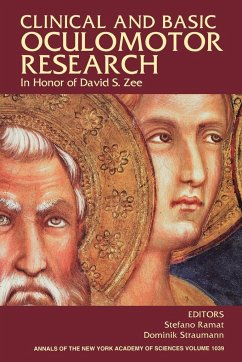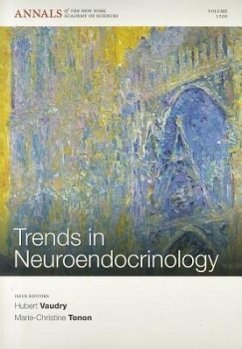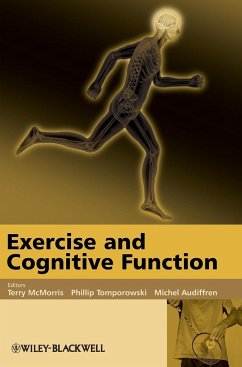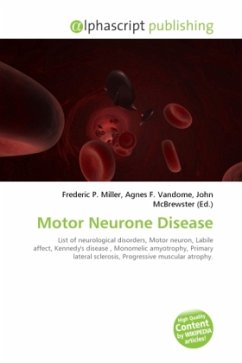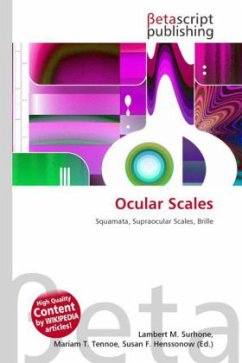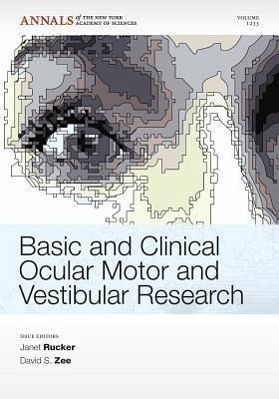
Basic and Clinical Ocular Motor and Vestibular Research, Volume 1233
Versandkostenfrei!
Versandfertig in über 4 Wochen
130,99 €
inkl. MwSt.

PAYBACK Punkte
65 °P sammeln!
This Annals volume presents proceedings of the conference "Basic and Clinic Ocular Motor and Vestibular Research," held as a tribute to the career of Dr. Richard John Leigh in Buenos Aires, Argentina from March 25-27, 2011. Leigh, a world-renowned expert in the neurological control of normal and abnormal eye movements and an exemplary clinician-scientist and mentor, has significantly advanced our understanding of eye movement control systems. The volume features latest research in the field from experts in ocular motor and vestibular science. Topics covered include: ocular motor periphery; bra...
This Annals volume presents proceedings of the conference "Basic and Clinic Ocular Motor and Vestibular Research," held as a tribute to the career of Dr. Richard John Leigh in Buenos Aires, Argentina from March 25-27, 2011. Leigh, a world-renowned expert in the neurological control of normal and abnormal eye movements and an exemplary clinician-scientist and mentor, has significantly advanced our understanding of eye movement control systems. The volume features latest research in the field from experts in ocular motor and vestibular science. Topics covered include: ocular motor periphery; brainstem and superior colliculus control mechanisms; cerebellar control mechanisms; basal ganglia and cerebral hemisphere control mechanisms; and nystagmus and multiple sclerosis. NOTE: Annals volumes are available for sale as individual books or as a journal. For information on institutional journal subscriptions, please visit http: //ordering.onlinelibrary.wiley.com/subs.asp?ref=1749-6632&doi=10.1111/(ISSN)1749-6632. ACADEMY MEMBERS: Please contact the New York Academy of Sciences directly to place your order (www.nyas.org). Members of the New York Academy of Science receive full-text access to Annals online and discounts on print volumes. Please visit http: //www.nyas.org/MemberCenter/Join.aspx for more information about becoming a member.



